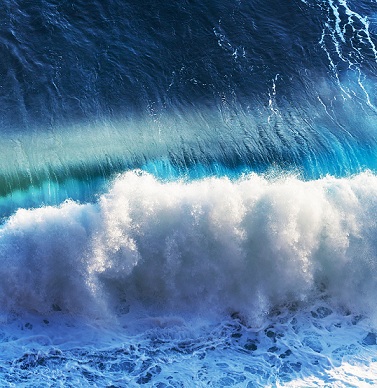Transforming sea waves into energy

Related topics
Environment & climate action Innovation SMEs Innovation in SMEs Secure, clean and efficient energy Italy Lithuania Sweden United Kingdom Norwaydate: 06/12/2013
Project: The devlopment of a novel rare-earth mag...
acronym: SNAPPER
See also: Info-Centre
Contact: http://www.snapperfp7.eu/
Sea waves can produce very high forces but they also tend to have very low vertical velocities. Exploiting wave energy from these low velocities often requires large generators which are too bulky and expensive for efficient use. However, a European consortium has developed a prototype that "snaps" energy out of the rise and fall of the swell, allowing for the efficient extraction of energy. With a generator that is relatively small, light and cheap, the prototype is designed to resist corrosion while deployed in water depths of up to 60m.
Started in September 2009, Snapper was a two-year project under the EU Seventh Research Framework Programme (FP7) that developed a rare-earth magnet based wave energy capture and conversion device for deployment in off-shore environments.
Collectively, the project consortium represented the key stages of a viable SME-centric supply chain for the proposed system, capable of taking the project concept forward to market.
"Most wave energy generator concepts are quite slow-moving, which means to get a reasonable amount of energy out of them, they have to be quite big and bulky, and therefore quite expensive," says Narec's Research and Development Manager, Paul McKeever. "Snapper prototype is designed to amplify velocity and effectively increases the relative velocity within the machine. This enables the generator to be downsized as a whole, while keeping the same power output as similar wave machines, thus making it a more efficient device,” explains McKeever.
The developed power conversion system is designed to be environmentally friendly and during the project, a solution to connect Snapper to an electrical distribution grid was also elaborated. The slimmed-down dimensions of a Snapper generator translates into a "significant reduction" in the mass of materials needed, particularly the amount of iron and copper required.
Early estimates indicate that copper and iron could be cut to 4.1 tonnes per MW of capacity from 30 tonnes/MW seen in some machines. The consortium also estimates that the capital costs of over €40,000 for a 175kW device could become less than €7,000.
The potential commercial impact of Snapper is high. In 2011, the Snapper concept was awarded The Engineer magazine’s Technology & Innovation Award in the Marine category, which was a timely recognition of the success of the recently completed two-year project.
The consortium is currently seeking partners to enable the launch of a commercially-viable wave energy device. Further investment is needed within the next 12 months to build a full scale prototype device and to test it in a representative off-shore environment. The consortium expects the funding to come from a mixture of public and private sources. This will provide a welcome opportunity to optimise key elements of the device and re-assess its position in the market place. “That is the next big hurdle to clear as part of our route-map towards commercialisation,” concludes McKeever.
